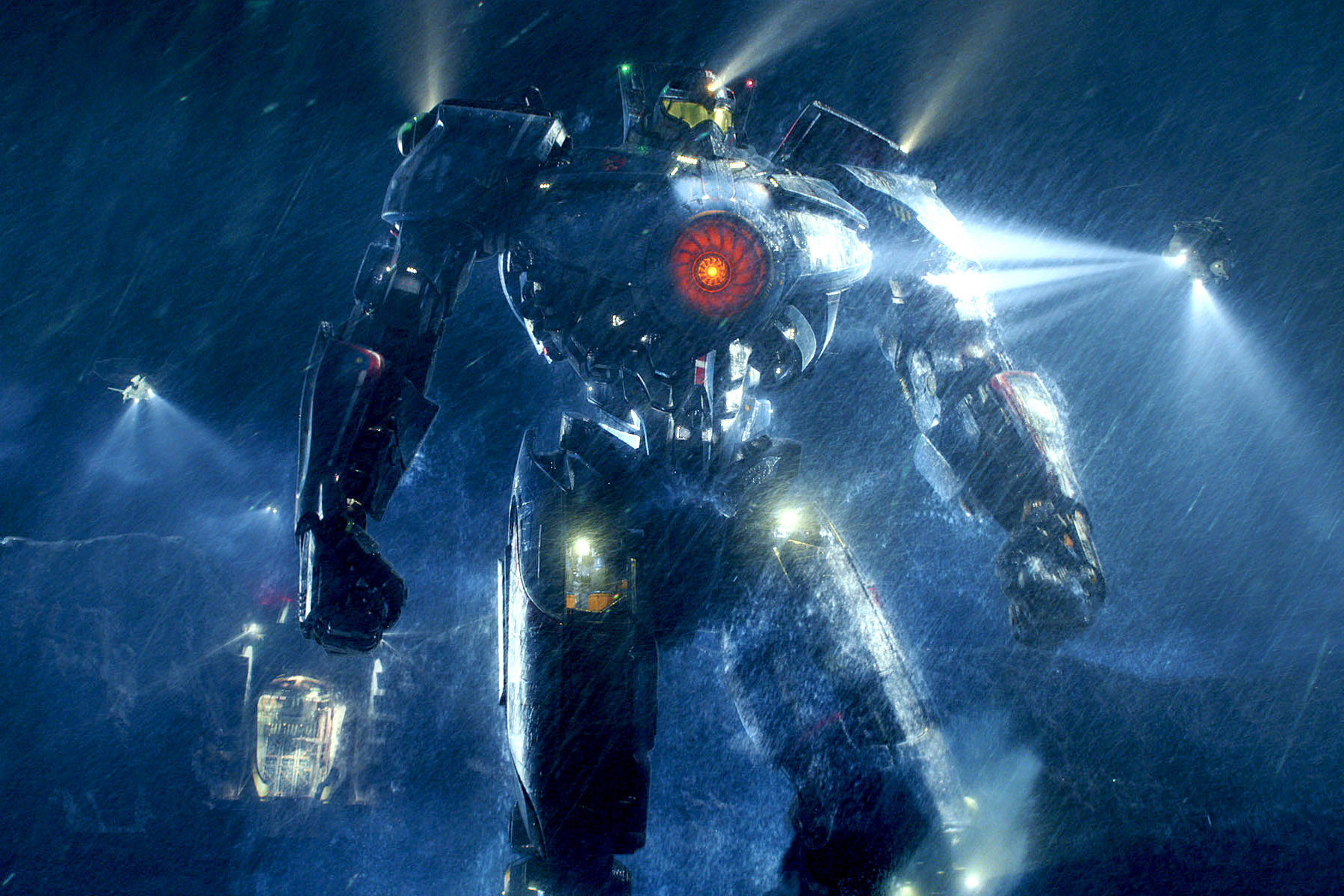When Steven Spielberg’s ‘Jurassic Park’ debuted in 1993, few could have anticipated the seismic impact it would have on the world of cinema. Drawing from Michael Crichton’s thrilling novel, the film not only redefined the blockbuster genre but also set new standards for visual effects, sound design, marketing, and storytelling. The influence of ‘Jurassic Park’ continues to echo through Hollywood even decades after its release, marking an era of both technological innovation and narrative ambition.
Transforming Visual Effects with CGI and Animatronics
Before ‘Jurassic Park’, computer-generated imagery (CGI) was a burgeoning field, used notably in films like ‘Terminator 2: Judgment Day’ and ‘The Abyss’. However, Spielberg’s dinosaur epic elevated the technology into mainstream consciousness. The collaboration between Industrial Light & Magic (ILM), led by Dennis Muren, and the genius animatronics of Stan Winston, resulted in an unprecedented blend of digital and practical effects.
The T-Rex paddock scene remains a masterclass in suspense and technical prowess: animatronic heads and feet are seamlessly intercut with full-body CGI shots, creating lifelike creatures that interacted convincingly with actors and settings. Visual effects supervisor Phil Tippett, originally hired for go-motion animation, became central to the seamless integration of physical models and digital techniques. The phrase “We spared no expense,” echoed by park owner John Hammond, aptly described the film’s dedication to technological excellence.
Upon observing ‘Jurassic Park’, directors and production houses realized the storytelling possibilities of CGI. The film’s revolutionary effects eliminated former constraints, leading to series like ‘The Matrix’, ‘Harry Potter’, ‘The Lord of the Rings’, and the Marvel Cinematic Universe. Viewers’ anticipations evolved; the line dividing reality from fantasy was eternally changed.
Raising the Bar in Sound Design and Musical Scoring
‘Jurassic Park’ established fresh benchmarks in audio engineering, deploying innovative methods to give the dinosaurs a vivid presence. Audio designer Gary Rydstrom developed dinosaur vocalizations using a combination of animal noises—such as elephant sounds for the T-Rex and dolphin calls for Velociraptors—producing unique, unforgettable effects that have become symbols of popular culture.
John Williams’ score for ‘Jurassic Park’ is another pillar of its legacy. The swelling main theme evokes wonder and awe, underscoring the majesty and the terror of genetic resurrection. Williams’ composition not only heightened emotional stakes but also became one of cinema’s most recognizable motifs, integral to the film’s enduring appeal.
The Rise of the Contemporary Marketing Juggernaut
‘Jurassic Park’ rewrote the playbook for film marketing and merchandising. Universal Pictures orchestrated a multimedia blitz unmatched at the time: branded toys, video games, fast-food promotions, novel tie-ins, and behind-the-scenes documentaries built anticipation and extended the film’s lifespan far beyond its theatrical run. This cross-platform synergy set a lucrative precedent for subsequent franchises such as ‘Star Wars: The Phantom Menace’, ‘Spider-Man’, and even ‘Frozen’, making ‘Jurassic Park’ a blueprint for transmedia storytelling and corporate synergy.
Reshaping Storytelling and Genre Conventions
While ‘Jurassic Park’ is often celebrated for its technical mastery, its narrative contributions are equally significant. The film weaves together science fiction, horror, and adventure with relatable characters and incisive ethical questions. It explores themes of scientific responsibility, corporate greed, and nature’s unpredictability—grounding spectacle in moral complexity.
Spielberg’s direction ensures that human stories are not overshadowed by technological marvels. Ellie Sattler’s compassion, Alan Grant’s paternal transformation, Ian Malcolm’s mathematical skepticism, and John Hammond’s hubris resonate across generations. This balance became a blueprint for blending character-driven drama with spectacle, influencing successors like ‘Avatar’, ‘Gravity’, and ‘Interstellar’.
Establishing New Industry Standards and Global Impact
The success of ‘Jurassic Park’ ($1 billion in global box office by 2013, counting re-releases) demonstrated that epic filmmaking, when combined with imaginative storytelling and technical innovation, could yield mass appeal. The film’s release catalyzed investments in CGI infrastructure across Hollywood and prompted the industry to reevaluate everything from pre-production planning (previsualization) to visual effects pipelines and post-production workflows.
It also paved the way for international visual effects collaborations, with studios and artists from across the globe seeking to harness the film’s methodology. The ripple effects were seen in the explosive rise of VFX-driven studios in regions such as London, Wellington, and Vancouver, fundamentally globalizing the industry.
Herencia y Impacto Persistente
The lasting impact of ‘Jurassic Park’ goes beyond its follow-ups and spoofs. It encouraged viewers and creators to think ambitiously, to believe in the combination of art and technology, and to aim for narratives that challenge the limits of imagination. It nurtured generations of directors, animators, and enthusiasts motivated by the vision of a Brachiosaurus feeding in cinemas.
As cinema continues to evolve, ‘Jurassic Park’ stands as a touchstone for innovative filmmaking and the ever-expanding intersection between science, art, and commercial entertainment. Its legacy remains embedded in the DNA of contemporary cinema, reminding us that every so often, a film can truly change the rules of the game.



